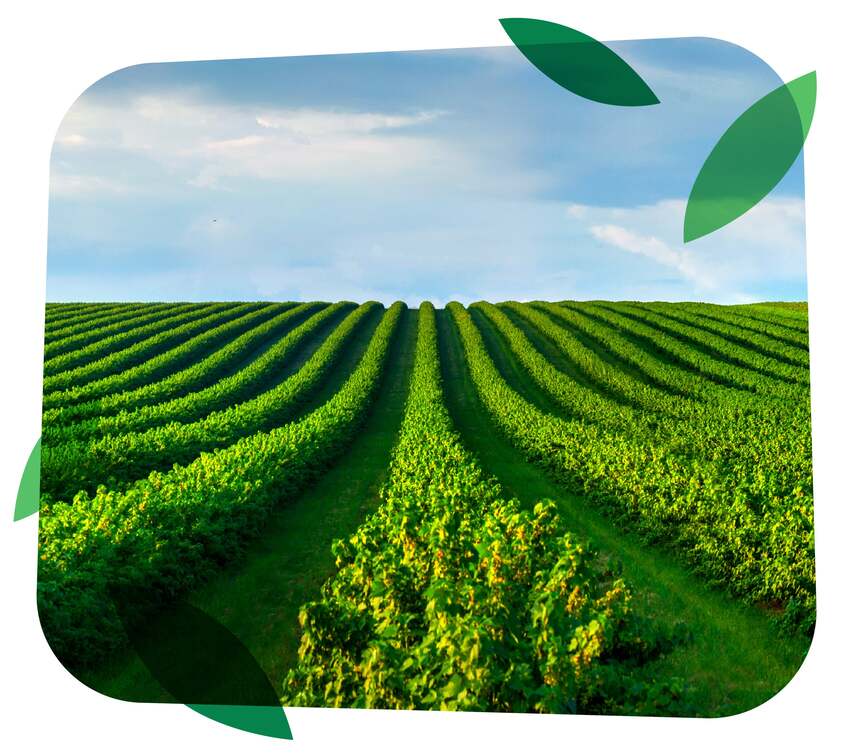Abstract:
Chive is a perennial herb, growing also natural in Finland. Commercial production of the herb is very small in our country, but large amounts of chive are imported. This fact has aroused interest in investigating the opportunities of producing chive using modern cultivation techniques. Effects of cultivar, plastic mulch as ground cover and fertilisation on yield were studied in field experiments over three years. In the experiments, the most productive cultivars or populations (a Finnish population “Hankoniemi”, a Dutch population “Tavallinen” and a German cultivar ‘Grolau’) produced 10–20% higher yields than the less productive cultivars. There were no clear differences in the yield quality between the cultivars. Black plastic mulch was effective in increasing yield, controlling weeds and maintaining soil moisture. For fertilisation, the experiments revealed the high nutrient demand of chive. After the basic soil fertilisation, weekly fertigation with a NPK fertiliser at a higher nitrogen dose (10–15 kg ha-1 N per week) resulted in higher biomass production than fertigation with nitrogen alone and/or a half nitrogen dose. In the years following the planting, the annual uptakes in yield were 185–200 kg ha-1 for nitrogen, 17–20 kg ha-1 for phosphorus, and 120–140 kg ha-1 for potassium in the most intensively fertilised treatment producing the highest yield. The results show that chive is feasible for commercial production with modern cultivation techniques.
Need more information about growing chives? You can always return to the chives fertilizer.






